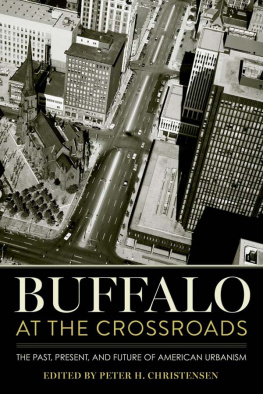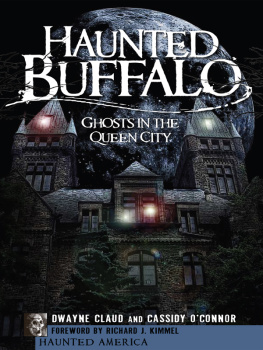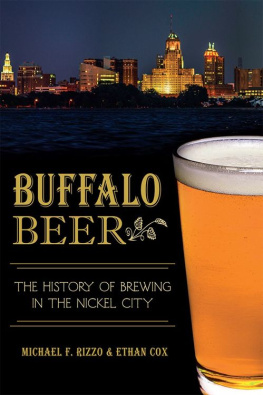Peter H. Christensen (editor) - Buffalo at the Crossroads: The Past, Present, and Future of American Urbanism
Here you can read online Peter H. Christensen (editor) - Buffalo at the Crossroads: The Past, Present, and Future of American Urbanism full text of the book (entire story) in english for free. Download pdf and epub, get meaning, cover and reviews about this ebook. year: 2020, publisher: Cornell University Press, genre: Science. Description of the work, (preface) as well as reviews are available. Best literature library LitArk.com created for fans of good reading and offers a wide selection of genres:
Romance novel
Science fiction
Adventure
Detective
Science
History
Home and family
Prose
Art
Politics
Computer
Non-fiction
Religion
Business
Children
Humor
Choose a favorite category and find really read worthwhile books. Enjoy immersion in the world of imagination, feel the emotions of the characters or learn something new for yourself, make an fascinating discovery.
- Book:Buffalo at the Crossroads: The Past, Present, and Future of American Urbanism
- Author:
- Publisher:Cornell University Press
- Genre:
- Year:2020
- Rating:3 / 5
- Favourites:Add to favourites
- Your mark:
Buffalo at the Crossroads: The Past, Present, and Future of American Urbanism: summary, description and annotation
We offer to read an annotation, description, summary or preface (depends on what the author of the book "Buffalo at the Crossroads: The Past, Present, and Future of American Urbanism" wrote himself). If you haven't found the necessary information about the book — write in the comments, we will try to find it.
Buffalo at the Crossroads is a diverse set of cutting-edge essays. Twelve authors highlight the outsized importance of Buffalo, New York, within the story of American urbanism. Across the collection, they consider the history of Buffalos built environment in light of contemporary developments and in relationship to the evolving interplay between nature, industry, and architecture.
The essays examine Buffalos architectural heritage in rich context: the Second Industrial Revolution; the City Beautiful movement; worlds fairs; grain, railroad, and shipping industries; urban renewal and so-called white flight; and the larger networks of labor and production that set the citys economic fate. The contributors pay attention to currents that connect contemporary architectural work in Buffalo to the legacies established by its esteemed architectural founders: Richardson, Olmsted, Adler, Sullivan, Bethune, Wright, Saarinen, and others.
Buffalo at the Crossroads is a compelling introduction to Buffalos architecture and developed landscape that will frame discussion about the city for years to come.
Contributors: Marta Cieslak, University of Arkansas - Little Rock; Francis R. Kowsky; Erkin zay, University at Buffalo; Jack Quinan, University at Buffalo; A. Joan Saab, University of Rochester; Annie Schentag, KTA Preservation Specialists; Hadas Steiner, University at Buffalo; Julia Tulke, University of Rochester; Stewart Weaver, University of Rochester; Mary N. Woods, Cornell University; Claire Zimmerman, University of Michigan
Peter H. Christensen (editor): author's other books
Who wrote Buffalo at the Crossroads: The Past, Present, and Future of American Urbanism? Find out the surname, the name of the author of the book and a list of all author's works by series.







